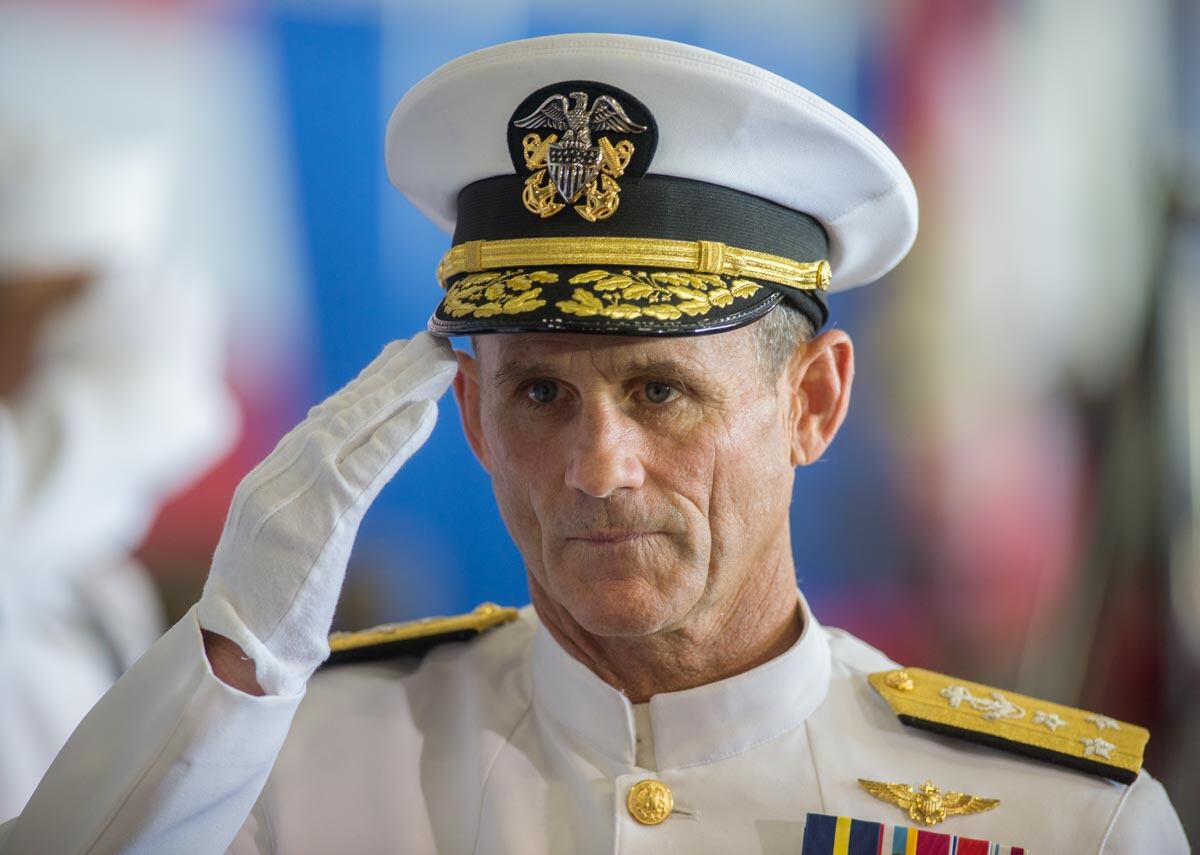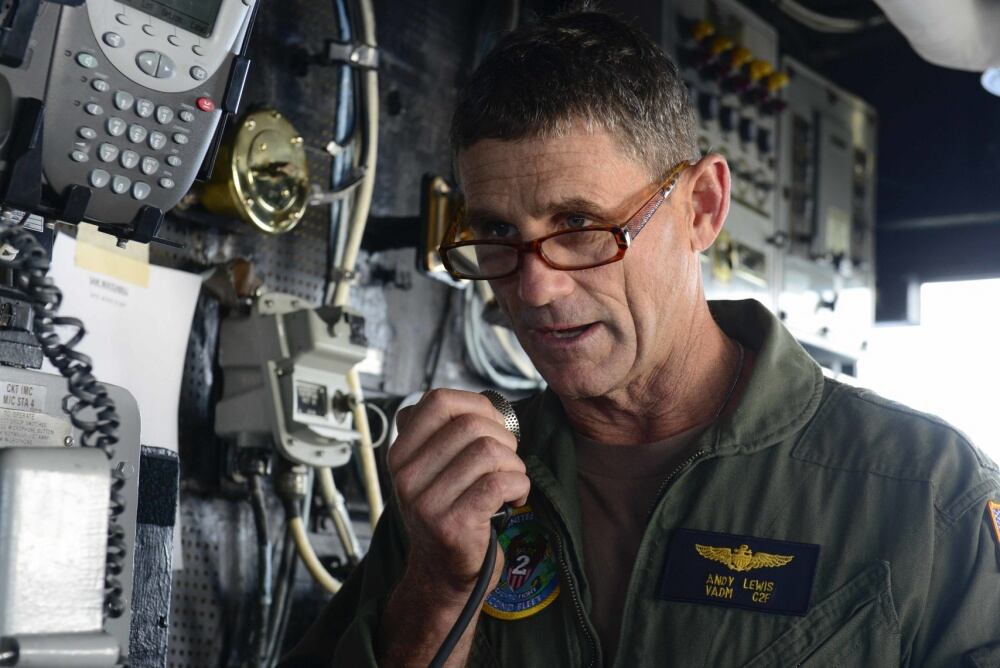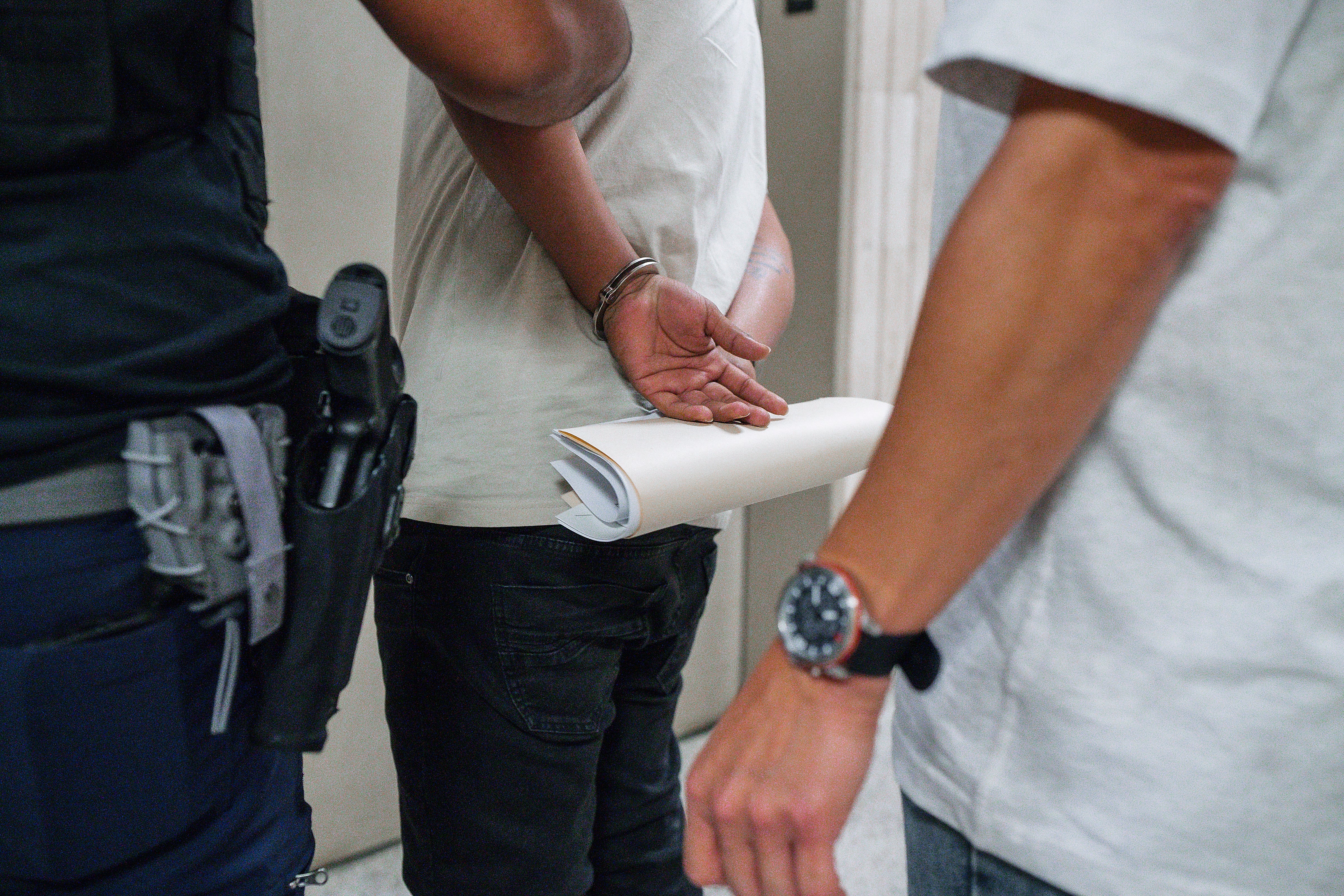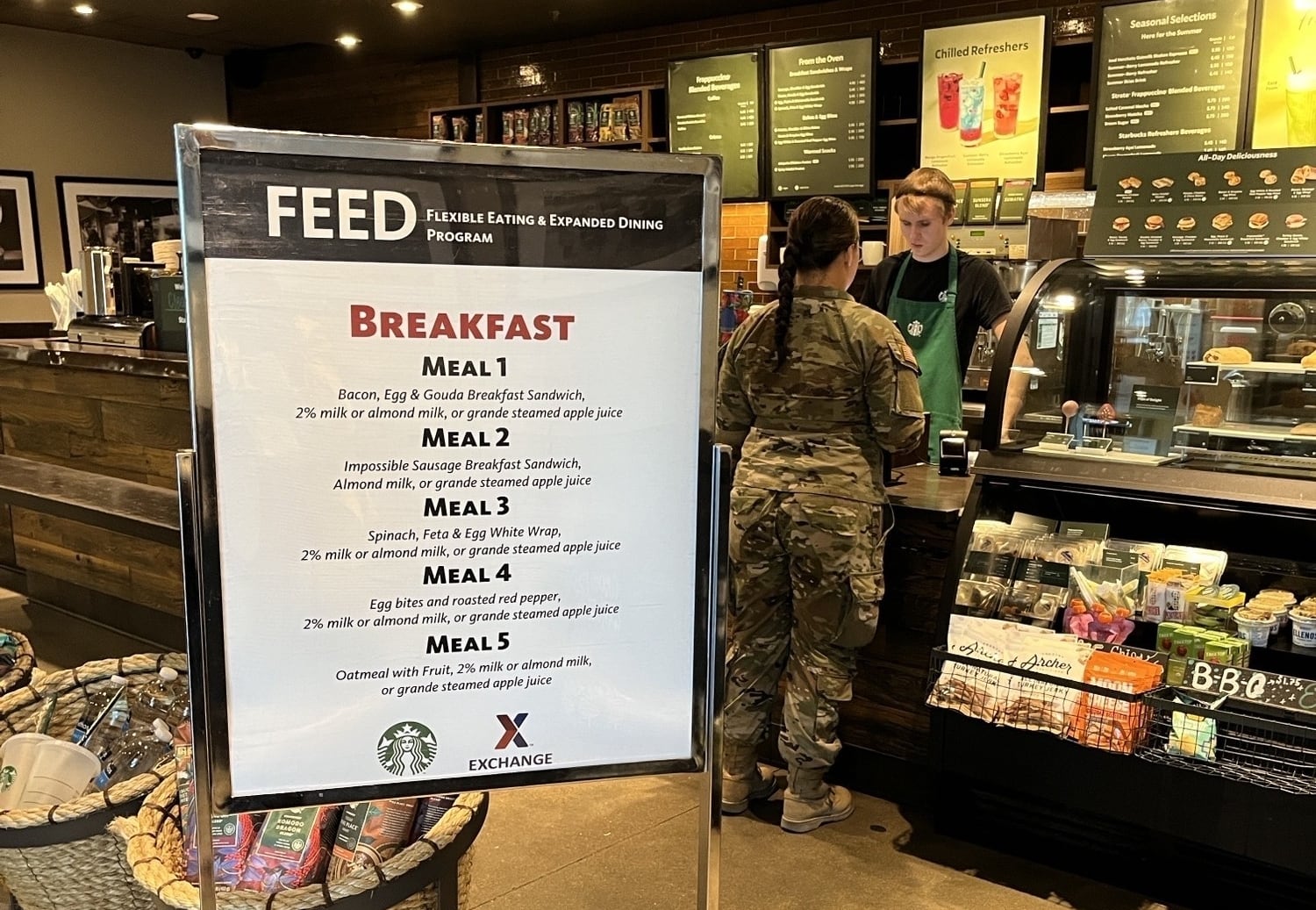A stalwart of the Cold War, the resurrected Norfolk-based 2nd Fleet will become operational by early next year, the fleet’s deputy commander announced Wednesday.
Speaking at the Surface Navy Association’s annual symposium in Arlington, Virginia, Rear Adm. John Mustin said that it’s been built from scratch to remain relevant in the 21st century.
“We are moving out rapidly to build a 2nd Fleet that is fit for its purpose, but more importantly fit for its time,” Mustin said. “Put simply, 2nd Fleet will focus on forward operations and the employment of forces in the Atlantic.”
The fleet will oversee the training of Navy forces on the East Coast as they prep for deployment, and will also serve as the maneuver element for the Navy across the vast Atlantic Ocean.
“The largest difference between the old and new 2nd Fleet is the balance between force generation and force employment,” Mustin said. “The new 2nd Fleet will be postured to support the employment of forces, whether that’s on the western side of the Atlantic, the eastern side of the Atlantic, or up in the Arctic.”
RELATED

Fleet Forces Command will continue to administer combat-ready elements operating on the East Coast. It also will control commands in the early stages of their training for overseas deployments.
Second Fleet will take over when the individual commands within a carrier strike or amphibious ready group reach the integrated phase of their training. That’s when they’re on the cusp of waging high-end fights, shortly before their pre-deployment Composite Unit Training Exercise, or “COMPTUEX.”
“This is an important distinction from the prior 2nd Fleet,” Mustin said, because it “aligns us with all the numbered fleets based OCONUS.”
To reach full operational capacity, 2nd Fleet’s staff is rapidly expanding, Mustin said.
He was the 18th staffer to report in, but by March there will be 85 serving the command and “that number will continue on a glide slope that is increasing rapidly,” he added.
In order to avoid a bloated bureaucracy, Mustin said the command will lean on Fleet Forces whenever they can while "recruiting the best and the brightest and looking for a staff that will be lean, agile and expeditionary.”
“We are growing every day. We are growing rapidly, but we are less focused on the actual number of our staff and far more interested in the efficient building of production capacity and capability to get us to be a fully functioning command,” he said.
RELATED

Second Fleet will be expeditionary, Mustin predicted, with a small team operating forward from a command ship or at an austere shore location in communication with the “home guard in Norfolk.”
And many of those staffers will be friends from allied and partner nations, serving as fully-integrated experts and not as liaison officers, Mustin said. Expect more reservists, and not merely as “in case of emergency, break glass” substitutes, he added.
The idea is to rotate reservists through the fleet on a continuous basis, standing watch alongside their active-duty peers, with traditional boundaries redefined to allow reservists to keep current in their duties, Mustin said.
Mark D. Faram is a former reporter for Navy Times. He was a senior writer covering personnel, cultural and historical issues. A nine-year active duty Navy veteran, Faram served from 1978 to 1987 as a Navy Diver and photographer.





